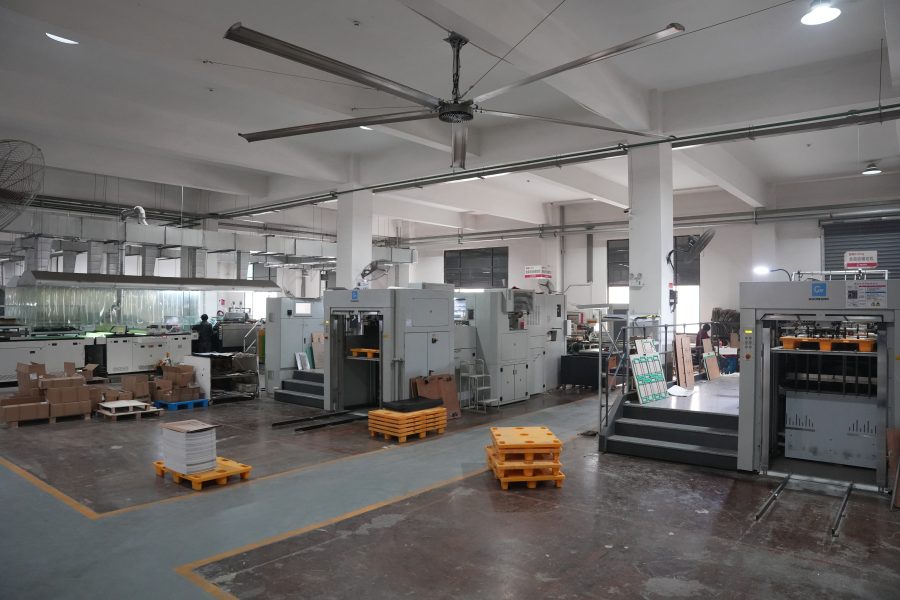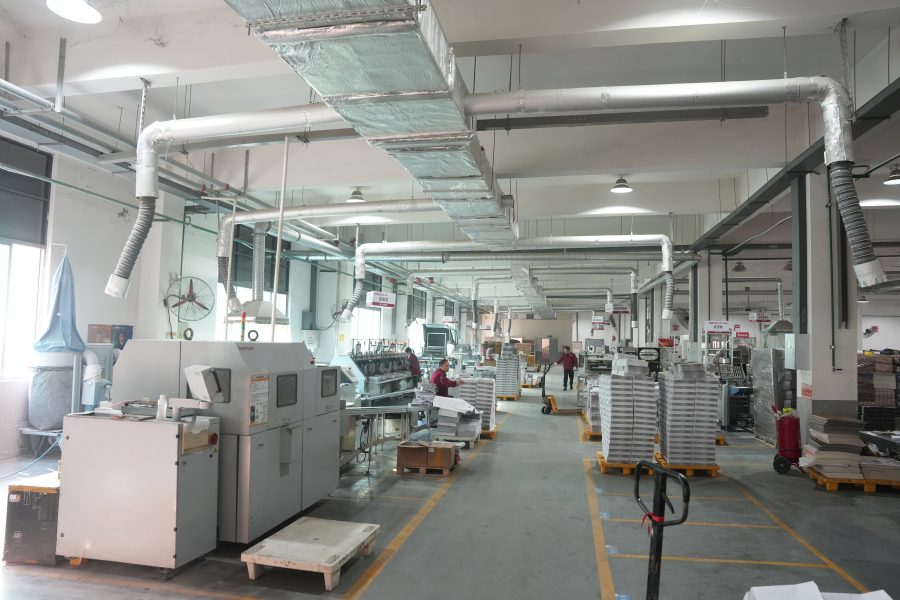The Future of Printing: What to Expect in 2025 and Beyond
The global printing industry is undergoing rapid transformation, influenced by advancements in technology, shifts in consumer behavior, and increased demand for sustainability. From packaging to publishing, signage to apparel, every printing sector is evolving — and by 2025, we’ll see even greater changes in the way businesses produce, personalize, and distribute printed materials. Here’s a detailed look at where the industry is headed.
1: Dominance of Digital Printing Technology
Digital printing is quickly surpassing traditional offset methods thanks to its flexibility, speed, and lower setup costs. By 2025:
Digital print volumes are expected to rise by over 20% as businesses embrace on-demand production.
Variable Data Printing (VDP) will become standard for marketing materials, allowing every printed piece to be personalized — from names and images to unique QR codes.
High-speed inkjet presses are closing the gap with offset printing for medium to large runs, especially in book publishing and packaging.
Example: Packaging companies can print customized product labels for different regions, languages, or promotional campaigns without changing physical plates.
2: Eco-Friendly and Sustainable Printing Solutions
The push for greener, cleaner production methods is shaping the future of print. Expect:
Soy-based, water-based, and UV-curable inks replacing petroleum-based alternatives to reduce VOC emissions.
Recycled and FSC-certified papers becoming a requirement rather than a choice, especially in packaging, publishing, and stationery.
Biodegradable films and compostable packaging materials will be more widely used, driven by consumer awareness and regulatory changes.
Example: Food brands will adopt compostable packaging with water-based ink labels that decompose without releasing harmful chemicals.

3: 3D Printing for Functional Products
Once limited to prototyping, 3D printing is now producing functional, end-use products:
Medical industry: Custom dental implants, prosthetics, and anatomical models.
Construction: 3D-printed concrete homes, decorative facades, and furniture.
Aerospace and automotive: Lightweight, durable parts created on-demand.
By 2025, 3D printing will offer higher speeds, multi-material printing, and bio-based materials for sustainable manufacturing.
Example: Airlines are using 3D-printed replacement parts, produced in hours rather than waiting for international shipments.
4: Smart Packaging & Interactive Printing
Interactive, tech-enhanced packaging will redefine how brands engage with customers:
Embedded NFC chips and RFID tags for product authentication, anti-counterfeit measures, and contactless experiences.
AR-enabled labels that let customers scan packaging to access interactive content, 3D views, or video guides.
Smart expiry labels that change color based on product freshness or temperature exposure.
Example: Beverage bottles with AR labels that launch a 3D brand experience when scanned by a smartphone.
5: Automation, AI, and Smart Print Management
Automation is taking over manual processes in prepress, printing, finishing, and quality control:
AI-powered software will optimize color correction, layout adjustments, and press maintenance schedules.
Robotic material handling systems will manage paper rolls, plates, and finished products.
Automated job routing will streamline production, minimize downtime, and reduce human error.
Example: Print-on-demand book factories where orders are received, printed, bound, and shipped automatically within hours.
6: Hyper-Personalization and Customization
In an age of personalized marketing and e-commerce, consumers demand customized, unique products:
Custom packaging for limited editions, special events, or personalized messages.
On-demand printed merchandise, such as apparel, mugs, or stationery with individual designs.
Variable content printing for direct mail and promotional materials, offering targeted offers based on data analytics.
Example: E-commerce companies printing packaging sleeves with customers’ names or birthday greetings.
7: Innovative, Multi-Functional Materials
Expect to see printing applied to a much wider range of materials:
Textiles: Digitally printed fabrics for fashion, home décor, and upholstery.
Wood, glass, and metal surfaces: Custom printed signage, panels, and decorative items.
Flexible, biodegradable films for eco-packaging and food-safe wrapping.
Example: Furniture companies offering digitally printed, customized wooden tabletops or panels.
8: Expanded Use of UV, Metallic & Special Effects
Special effects and finishes will become more accessible and affordable:
UV coatings, foils, and embossing will enhance the tactile and visual appeal of packaging and print marketing.
Glow-in-the-dark, thermochromic (heat-sensitive), and holographic inks will open new creative possibilities.
Hybrid presses capable of switching between digital and specialty effects without long setups.
Example: Luxury brands producing limited-edition packaging with metallic foils and embossed logos for premium gifting.

9: Data-Driven Production & Predictive Maintenance
Data analytics and IoT-enabled machines will:
Track job performance and machine health in real time.
Predict maintenance needs to reduce unplanned downtime.
Optimize production scheduling based on order volume and deadlines.
Example: Print factories monitoring color consistency and printhead condition automatically, triggering alerts before quality drops.
Print-on-Demand (POD) and Micro-Production
On-demand printing models will continue to grow:
Books, packaging, and marketing materials produced only when ordered, reducing inventory costs and waste.
Micro-runs and localized production hubs close to customers, enabling same-day or next-day delivery.
Decentralized, cloud-based production systems connecting multiple small facilities for faster, distributed fulfillment.
Example: Self-publishing authors releasing niche books printed one at a time as orders are placed.
Conclusion
By 2025, printing will be smarter, faster, greener, and more customer-centric than ever. Driven by digital advancements, AI, and consumer expectations, the industry is poised for radical improvements in speed, personalization, material diversity, and eco-conscious practices. Businesses that embrace these changes will benefit from greater efficiency, brand engagement, and market adaptability in a fast-evolving global landscape.
In short — the future of printing is dynamic, interactive, and tailored to the digital economy of tomorrow.







